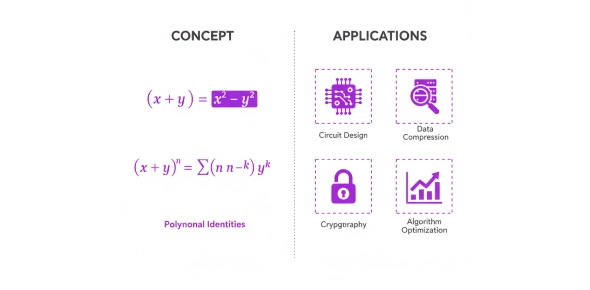Real-World and Advanced Applications of Polynomial Identities
2)
You may optionally provide this to label your report, leaderboard, or certificate.
├Ś
Thank you for your feedback!
















